#cephalopoda
Explore tagged Tumblr posts
Text
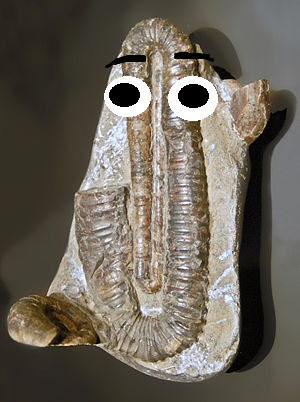
clippy ass looking late cretaceous ammonite mf
8K notes
·
View notes
Photo

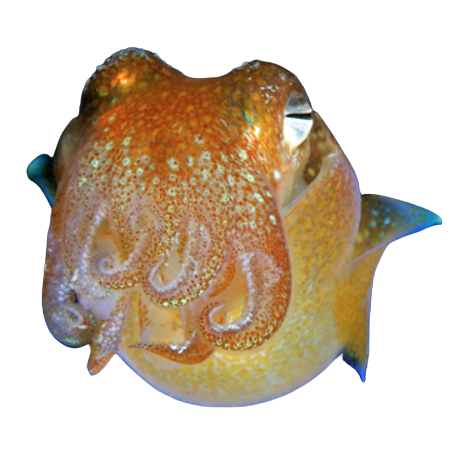

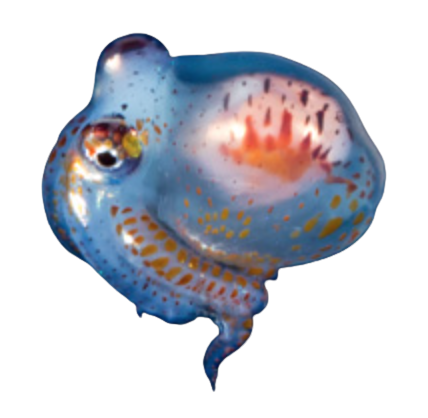


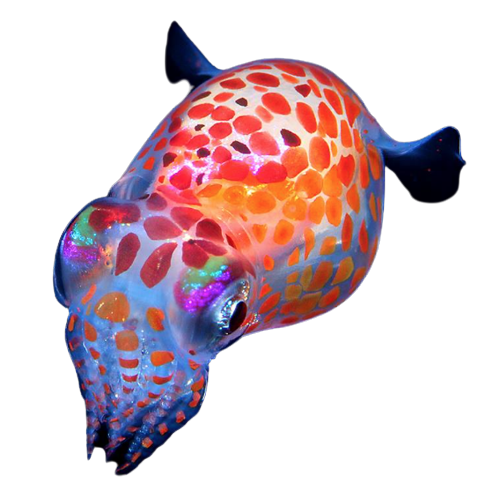


Bobtail squid larva PNGs.
(1. 2. 3. 4. 5. 6. 7. 8. 9.)
#tiny menaces#except for the last guy#png#pngs#transparent#transparents#moodboard#artboard#imageboard#collage#sticker#stickers#deep sea#deep sea tw#cephalopods#cephalopoda
19K notes
·
View notes
Text




The skin of a cuttlefish contains millions of pigment cells with which it can create ever-changing colors and patterns. It's possible that this strobing has a hypnotizing effect on prey. BBC Earth
#bbc earth#cuttlefish#underwater#ocean#coral reef#cephalopoda#sepiida#request#tw successful hunting#tw flashing
1K notes
·
View notes
Text

The suckers of a giant Pacific octopus (Enteroctopus dofleini) in Alaska, USA
by Robin Gwen Agarwal
#giant pacific octopus#octopi#cephalopods#enteroctopus dofleini#enteroctopus#enteroctopodidae#octopoda#cephalopoda#mollusca#wildlife: alaska#wildlife: usa#wildlife: north america
444 notes
·
View notes
Text
Round 2 - Mollusca - Cephalopoda


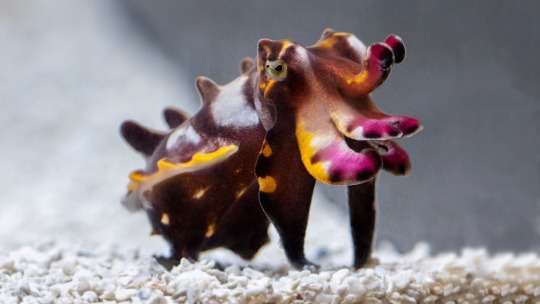

(Sources - 1, 2, 3, 4)
The class Cephalopoda includes the orders Nautilida (Nautiluses), Vampyromorphida (Vampire Squid), Octopoda (Octopuses), Myopsida (Coastal Squids), Oegopsida (Neritic Squids), Bathyteuthida (Bathyteuthid Squids), Idiosepida (Pygmy Squids), Sepiolida (Bobtail Squids), Spirulida (Ram's Horn Squid), and Sepiida (Cuttlefish).
Cephalopods are exclusively marine animals characterized by bilateral body symmetry, a prominent head, and a set of arms or tentacles modified from the more primitive molluscan foot. They are split into two subclasses: the more primitive Nautiloids (represented today by the genera Nautilus and Allonautilus), and the Coleoids (everything else.) Nautiloids retain their external molluscan shell, while coleoids either have an internal shell or have lost it secondarily. Cephalopods are widely regarded as the most intelligent invertebrates and have well-developed senses, large brains, and a complex nervous system. Their brain is protected by a cartilaginous cranium. Nautiloids do not have good vision, and likely perceive their world more through a sense of smell. However, even though coleoid eyes lack a cornea and have an everted retina, they have very acute vision, akin to that of sharks. They can detect polarized light, but most cephalopods are color blind. Despite their color blindness, coleoids are known as masters of disguise, changing color, shape, and texture in milliseconds, and also using colors, patterns, and flashing to communicate with each other! They do this through nervous control of their chromatophores, as well as cells such as iridophores and leucophores reflecting light from the environment. Some squids can even send one message via color patterns to a squid on their right, while they send another message to a squid on their left, splitting their color pattern lengthwise down their body. They may do this by sensing light levels directly through their skin, rather than their eyes, utilizing photosensitive molecules called opsins. They may also be able to utilize chromatic aberration through their oddly shaped pupils.
Cephalopods exchange gases with seawater by forcing water through their internal gills. Water enters the mantle cavity on the outside of the gills, and the entrance of the mantle cavity closes. When the mantle contracts, water is forced through the gills, which lie between the mantle cavity and the funnel. The water's expulsion through the funnel can be used to power jet propulsion. Most cephalopods move via jet propulsion, though this is a very energy-consuming way of travel. Squids, due to their shape and stiff mantles, are able to travel long distances, while octopuses tend to travel slowly along the seafloor relying more on their arms to pull them from place to place. Aside from nautiloids and some octopuses, all known cephalopods have an ink sac, which can be used to expel a cloud of dark ink to confuse predators. The inksac is an extension of the hindgut, opening into the anus, from which the ink can be squirted into the path of the animal’s funnel, allowing the ink to eject further with jet propulsion. This ink is almost pure melanin, which is mixed with mucus upon expulsion, resulting in visual (and possibly chemosensory) impairment of the predator, like a smokescreen. Some cephalopods even release a cloud with greater mucus content so that the ink takes the shape of the cephalopod, while the real one jets away!
Cephalopods hunt via grabbing food with their arms or tentacles, drawing it in to their two-part beak. Most have a radula within their beak. They have a mixture of toxic digestive juices, some of which are supplied by symbiotic algae, which they eject from their salivary glands onto the captured prey. These juices separate the flesh of their prey from the bone or shell. The salivary gland has a small tooth at its end which can be poked into an organism to digest it from within. Cephalopods can be found in all of Earth’s oceans, at all depths, even found within oceanic trenches, though they are most diverse near the equator.
Cephalopods evolved in the Late Cambrian, with the more primitive nautiloids dominating the Ordovician seas, and the more modern coleoids arising in the Lower Devonian. Many groups of cephalopods have been lost to time and are famous for their fossils, including the Ammonoids and Belemnoids. The living Chambered Nautilus (Nautilus pompilius) is also known from Early Pleistocene fossils.

Propaganda under the cut:
The study of cephalopods is called teuthology.
Though superficially similar, ammonoids were more closely related to living coleoids than they were to the shelled nautiloids!
The smallest living cephalopod is the 10mm (0.3 in) long Thai Pygmy Squid (Idiosepius thailandicus).
The largest living cephalopod, and largest living invertebrate is the 700 kilogram (1,500 lb) Colossal Squid (Mesonychoteuthis hamiltoni).
The Atlantic Brief Squid (Lolliguncula brevis) is the only cephalopod known to tolerate brackish water, venturing into the Chesapeake Bay.
Captive octopuses have been known to climb out of their tanks, maneuver across the floor, enter another aquarium to feed on captive crabs, and then return to their own aquarium before their keepers return.
Captive octopuses have also been known to recognize, respond positively to, and even play with their keepers.
The Firefly Squid (Watasenia scintillans) is one of the only cephalopods known to have color vision.
Some cephalopods are able to fly through the air for distances of up to 50 metres (160 ft)! They can achieve these ranges by jet-propulsion, squirting water from their funnel even while in the air. They then spread their fins and tentacles to form wings and actively control lift force with their body posture. The Japanese Flying Squid (Todarodes pacificus) has been observed spreading its tentacles in a flat fan shape and utilizing a mucus film between the individual tentacles. The Caribbean Reef Squid (Sepioteuthis sepioidea) has been observed spreading its tentacles out in a circle to guide its flight. This behavior is presumably for avoiding predators and/or for saving energy during migrations.
Humboldt Squid (Dosidicus gigas) are large, agile pack hunters, flashing red and white to communicate with each other and coordinate attacks on shoals of fish. They are particularly known for being aggressive towards humans, though this aggression may be well founded, as they are the most popular squids to be hunted for food, with around 10 million killed every year. In circumstances where these animals are not feeding or being hunted, they usually exhibit curious and intelligent behavior.
The Vampire Squid (Vampyroteuthis infernalis) is the only living species in the order Vampyromorphida. Despite its name, it is closer related to octopuses. Living in the deep sea, they are small, 30 cm (1 ft) long, and range from jet black to pale red, have spiked arms connected by a webbing of skin, and have the largest proportional eyes in the animal kingdom at 2.5 cm (1 in) in diameter. It is the only cephalopod able to live its entire life cycle in the minimum zone, at oxygen saturations as low as 3%. They lack ink sacs, instead releasing a sticky cloud of bioluminescent mucus containing orbs of blue light from their arm tips. Despite their scary name, spooky appearance, and dazzling wizard spells, these animals mainly feed on detritus as it floats down to the depths.
The genus Hapalochlaena (Blue-ringed Octopuses) consists of four extremely venomous species of octopus that are found in tide pools and coral reefs in the Pacific and Indian oceans, from Japan to Australia. Despite their small size (12 to 20 cm [5 to 8 in]) they carry enough neurotoxic venom to kill 26 adult humans within minutes. The venom can result in nausea, respiratory arrest, heart failure, severe and sometimes total paralysis, blindness, and can lead to death within minutes if not treated. Death is usually from suffocation due to paralysis of the diaphragm. Despite this, blue-ringed octopuses are relatively docile and will only bite if actively harassed, instead choosing to flee or display their warning colors: bright yellow with blue flashing rings. Very few deaths have been recorded.
#i could write soooo much more but this is already so long it took me two hours to write and idek if anyone even reads them rip#round 2#mollusca#animal polls#cephalopoda
138 notes
·
View notes
Text


love this animal. the oedipus
#gloomy octopus#cephalopoda#octopoda#octopidae#octopus#octopus tetricus#i think it might have just been curious about me#just reached out for my hand
236 notes
·
View notes
Text
Oh to be a Dumbo Octopus without a care 🐙
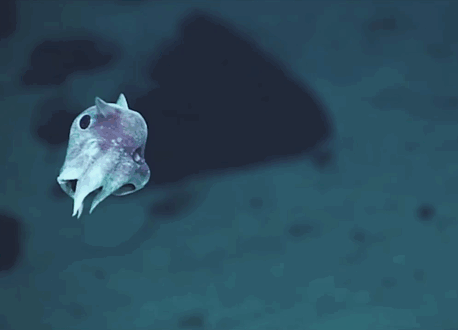

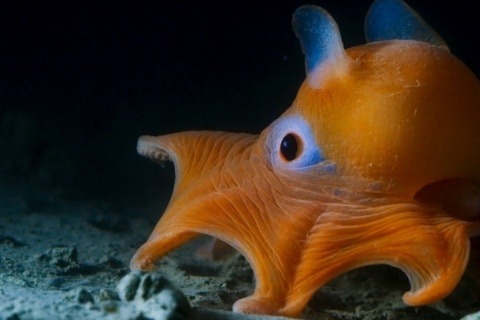

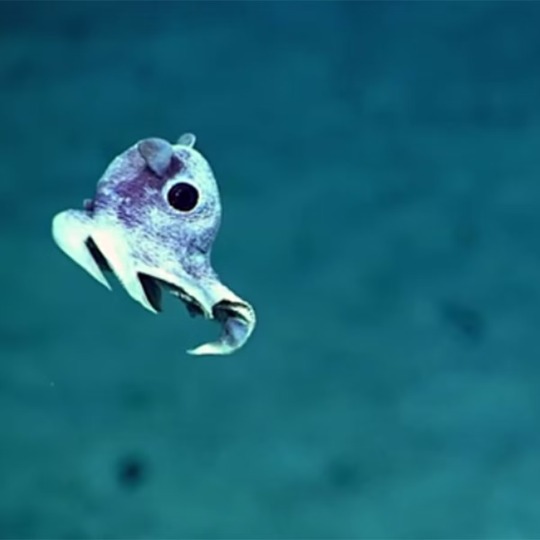


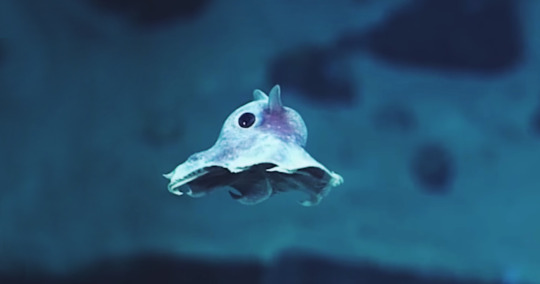
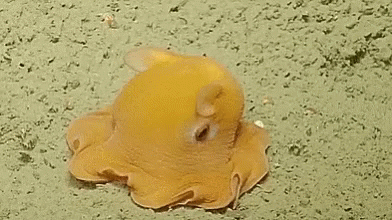

The dumbo octopus (Grimpoteuthis) is a deep sea animal that lives on the ocean floor at extreme depths of 9,800 to 13,000 feet.
Females usually find a mate around their second birthday and take a seamen packet from the male so they can fertilize their eggs on the go when they please. They can even get pregnant while being pregnant, they’re basically always pregnant.
Love to sea it 🌊
#marine biology#marine science#marine life#sea life#sealife#fish#ocean#science#underwater#fishposting#oceanposting#oceanography#marine animals#octopus#dumbo octopus#cephalopod#cephalopoda#ocean life#marine creatures#sea critters#ocean animals#marine critters#sea creatures#ocean creatures#sea animals#aquatic life#love to sea it#deep sea#there are many benefits to being a marine biologist#biology
3K notes
·
View notes
Note
Could i request my beloved Vampyroteuthis infernalis aka the Vampire Squid? It has big ol eyes and a cloak filled with teeth >:]
Absolutely!


Photos taken by MBARI!
#deep ocean#deep sea#vampire squid#mollusca#mollusks#cephalopoda#cephalopod#vampyromorphida#vampyroteuthidae#squid#animal polls#poll blog#my polls#animals#polls#tumblr polls#marine invertebrates#invertebrates
62 notes
·
View notes
Text

Octopus
This is a pencil picture of a common octopus. Octopuses are fascinating creatures and have been shown to be quite intelligent. They're members of the cephalopod family, which also includes squids and cuttlefish, both of whom are also intelligent. They tend to wait for their prey and ambush them.
#drawing#pencil#marinedrawing#octopusart#cephalopod#cephalopoda#drawingpencil#drawingsketch#invertebrate#octopus#pencilartwork#pencildrawing#penciltraditional#octopustentacles#pencil drawing#traditional art#non ai#sketch#traditional drawing#pencil art#animal#colored pencil#molluscs#mollusc
45 notes
·
View notes
Text

34 notes
·
View notes
Text
Day 278: Cephalopods from the Bay of Naples

link

link

link

link

link

link

link

link
–These images are part of the public domain, meaning you can do anything you want with them! (you could even sell them as a shirt, poster or whatever, no need to credit them!)–
#public domain#art#copyright#free art#open source#flickr#flickblr#photography#nature#creative commons#Cephalopoda#Mollusks#Naples#Bay of (Italy)#Squid#Smithsonian#Institution#Libraries#SIL#bhlMonstersRreal#HistSciArt#Smithsonian Institution Libraries#Invertebrate Zoology#BHLIG#invertebrates#molluscs#cephalopod#italy#octopus#argonaut
14 notes
·
View notes
Text





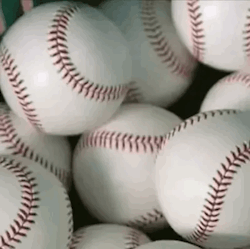



· · ─────── ·🐙· ─────── · ·
Octopus playing with ball stimboard
request from @stelleeee
Note ; me if you even care
🐙-⚽️-🐙
⚾-🐙-⚾
🐙-⚽️-🐙
· · ─────── ·🐙· ─────── · ·

#autism#stim blog#actually autistic#stim#stimming#stimblr#stimboard#stim gifs#visual stim#octopus stim#octopus#ball stim#soccer stim#baseball stim#ocean stimboard#ocean stim#ocean animals#ocean#me core#me if you even care#octopi#octopuses#Octopoda#cephalopoda#cephalopod#octopuses r amazing#i love octopi#1 octopus fan#octopus playing with ball#pet regression
12 notes
·
View notes
Text

Artwork: Octopus.
#octopus#art#artwork#drawings#drawing#octopoda#cephalopoda#molluscs#animals#marine#marine life#marine biology#marine biodiversity#nature#octopus art#octopus artwork#octopus drawing#invertebrates#invertebrate#zoology#artists#artists on tumblr#artist#black and white art#black and white#black white grey
10 notes
·
View notes
Text

Cymatoceras paralibanoticum
11 notes
·
View notes
Text

A pair of Caribbean reef squid (Sepioteuthis sepioidea) mating in Bonaire
by Gérard Cachon
#caribbean reef squid#squid#cephalopods#sepioteuthis sepioidea#sepioteuthis#Loliginidae#Myopsida#cephalopoda#mollusca#wildlife: bonaire#wildlife: south america
226 notes
·
View notes
Note


Mollusk appreciation. I made these last week but thought they would be fitting for here with the current mollusca polls going on. They've got a bit of symbolism to them.
Beautiful!
29 notes
·
View notes